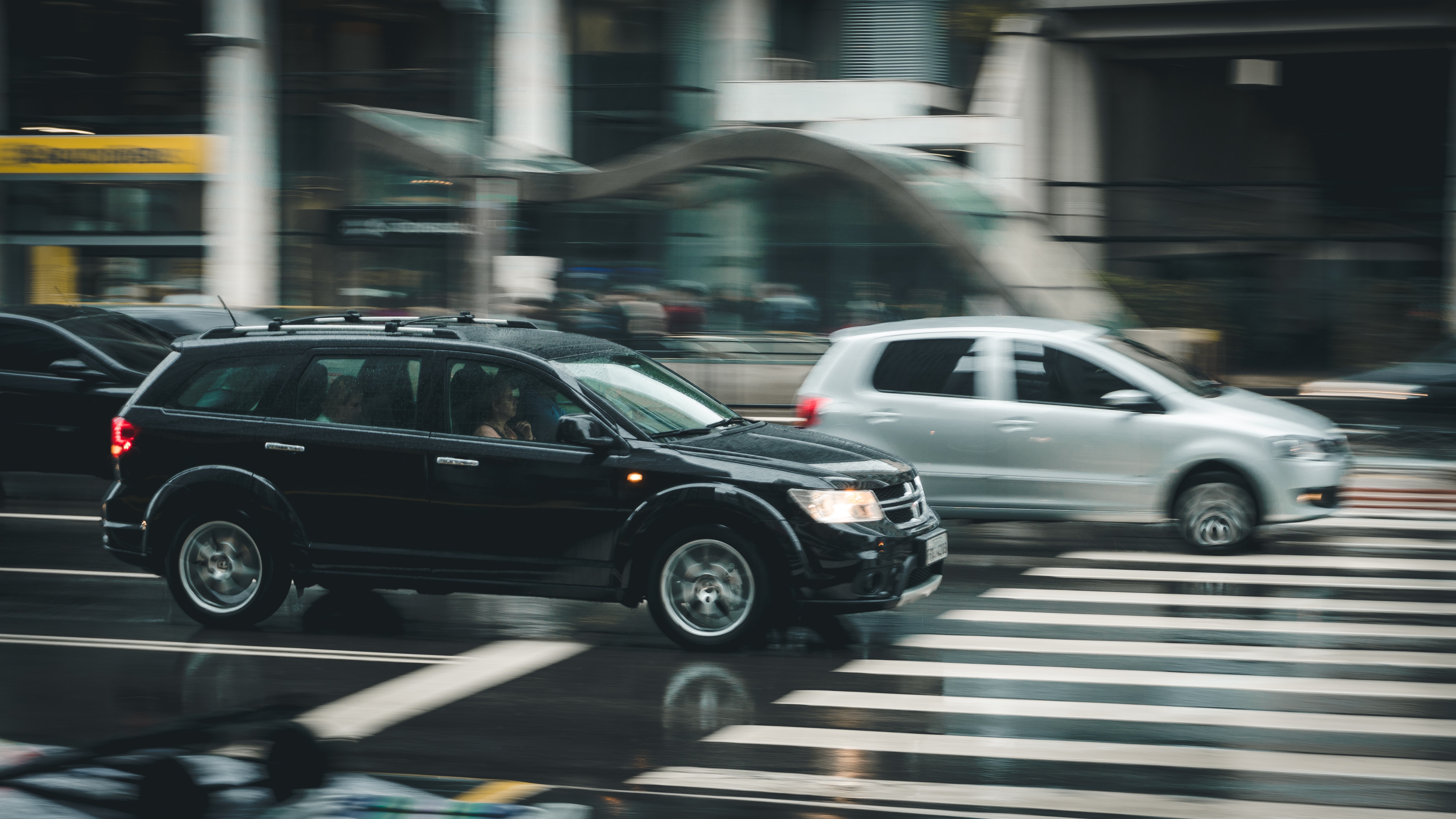May 1, 2018

America’s high level of pedestrian fatalities is due, in part, to how streets and vehicles are designed. Within the last 10 years, European automotive safety regulators have placed a high focus on improving the levels of pedestrian safety. The United States, on the other hand, is slightly behind on this trend in protecting those sharing the roads with vehicles.
Equipment such as seat belts, airbags, and shatter-proof windshields have been credited with saving numerous lives of those who are inside vehicles. Manufacturers are now looking for ways to protect people outside vehicles as well.
In 2010, the EU introduced new standards designed to reduce the risk of injuries and fatalities to pedestrians, basing its recommendations on a release given by the United Nations in 2009. These new standards included the installation of exterior airbags in new vehicle designs. Furthermore, new vehicles are now being tested to measure the severity of frontal impacts with pedestrians and cyclists by measuring the impact on adult heads and legs and children’s heads.
The United States has considered adopting similar safety strategies but has not yet fully implemented them. The Insurance Institute for Highway Safety issued a report on the NHTSA stating that, although the NHTSA studied new pedestrian safety regulations from the 1970s through the 1990s, the findings never took full effect. NHTSA did not make it clear why the idea was abandoned, but the most likely reason was the decrease in pedestrian fatalities at the time. The figures have begun to rise, however, and are currently 25 percent greater than they were in 2011.
According to the late consumer advocate C. Ditlow, pedestrian protection is "one of the last frontiers of vehicle safety." The NHTSA has been slow to regulate pedestrian safety because of the potentially negative impact on vehicle design. It is a possibility that life-saving features could alter the appearance of vehicles and may lead to less attractive designs.
Another reason the United States may be slow to implement the international pedestrian safety standards is the uncertain application of these standards to pickup trucks and SUVs. These vehicles, which made up more than 60 percent of American new car sales in 2016, pose a unique risk to pedestrians due to their especially high hoods. Special consideration would need to be given to these vehicles to make them safer for pedestrians.
Tags: safety
Hello {{User.FirstName}} {{User.LastName}}.
You are logged in with email {{User.Email}}.